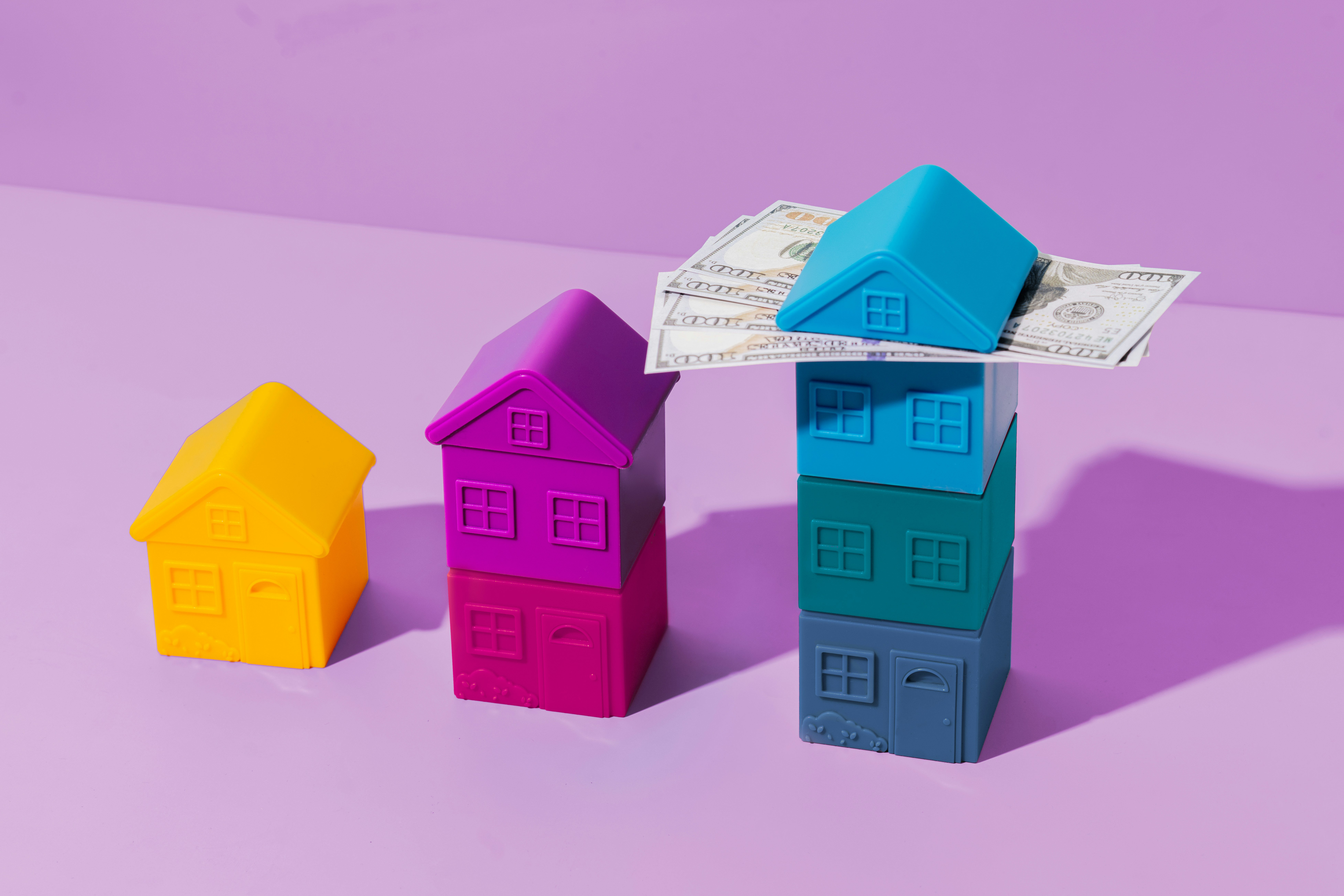
As global concerns over climate change and environmental degradation continue to grow, there is increasing pressure on industries, including real estate, to adopt sustainable development practices. For property investors, adopting sustainable practices is an ethical choice and a wise financial decision. Sustainable properties are becoming more desirable to tenants, offer long-term cost savings, and contribute to environmental preservation. In real estate, sustainability involves using green materials and energy-efficient technologies and considering the broader environmental, social, and economic impacts of development projects. This article explores sustainable development practices in property investment and how they reshape the industry’s future.
The Importance of Sustainable Development in Real Estate
Sustainable development in real estate focuses on designing, constructing, and managing buildings in ways that minimize environmental impact while maximizing resource efficiency. It encompasses various aspects, including energy efficiency, water conservation, waste reduction, and renewable materials. Sustainable development practices are essential for addressing the growing environmental challenges of urbanization, climate change, and resource depletion.
For property investors, sustainability is a matter of environmental responsibility and a significant factor in long-term profitability. Sustainable properties often command higher rents, attract environmentally-conscious tenants, and have lower operating costs due to energy-efficient features. Additionally, sustainability-focused investments are increasingly considered low-risk, especially as governments and regulatory bodies implement stricter environmental policies and guidelines. As a result, incorporating sustainable practices into property investment is becoming a strategic move for securing long-term value.
Energy Efficiency and Green Building Design
One of the key pillars of sustainable development in property investment is energy efficiency. Buildings account for a significant portion of global energy consumption, and improving their energy performance can profoundly impact reducing carbon emissions. Energy-efficient buildings use less energy to heat, calm, and power the space, resulting in lower utility costs and a smaller carbon footprint.
Green building design is central to achieving energy efficiency. This involves incorporating energy-efficient materials, systems, and technologies during the design and construction phases. Features such as high-performance insulation, energy-efficient windows, LED lighting, and smart thermostats can significantly reduce energy consumption. Additionally, renewable energy sources, such as solar panels and wind turbines, are becoming increasingly popular in new developments and retrofits. These technologies lower the building’s energy costs and make it more attractive to tenants looking for sustainable living spaces.
Property investors also seek certifications from organizations like the U.S. Green Building Council’s Leadership in Energy and Environmental Design (LEED) program. LEED certification is a widely recognized standard for green buildings, demonstrating a commitment to sustainability and attracting environmentally-conscious tenants. By investing in energy-efficient and green building designs, property investors can improve the sustainability of their properties while enhancing their marketability and value.
Water Conservation and Sustainable Landscaping
Another critical aspect of sustainable property investment is water conservation. As water scarcity becomes an increasing concern in many parts of the world, implementing water-saving technologies and practices is essential. Sustainable landscaping and water-efficient systems are becoming increasingly common in property developments and renovations.
Water-efficient fixtures, such as low-flow toilets, faucets, and showerheads, can significantly reduce water consumption in residential and commercial properties. Additionally, rainwater harvesting systems, which collect and store rainwater for non-potable uses like irrigation, can further reduce the demand for potable water. These systems can be particularly valuable in regions where water is in short supply.
Sustainable landscaping practices also contribute to water conservation efforts. Instead of traditional lawns that require large amounts of water and chemical fertilizers, investors can opt for xeriscaping, which uses drought-tolerant plants and reduces the need for irrigation. Green roofs, which are covered with vegetation, not only help with water management but also provide insulation, reduce the urban heat island effect, and improve air quality.
By incorporating water conservation measures into property designs, investors can reduce utility costs, attract tenants interested in sustainability, and contribute to environmental preservation. Additionally, many local governments offer incentives and rebates for implementing water-efficient technologies, making it an economically viable choice for property investors.
Social Sustainability and Community Engagement
While environmental sustainability is a key focus of property investment, social sustainability is also a critical component of responsible development. Social sustainability refers to a property’s impact on the local community and its ability to foster long-term, positive relationships. As property investors increasingly consider the broader social and economic context of their projects, community engagement becomes a key factor in ensuring the success of their developments.
Investors can promote social sustainability by creating properties that foster inclusive and diverse communities. This could involve offering affordable housing options, providing community amenities such as parks and recreational spaces, or designing spaces that promote social interaction and a sense of belonging. In commercial properties, investors can support local businesses by integrating retail spaces or offering opportunities for local entrepreneurs.
Sustainable development practices in property investment are no longer optional—they are essential for addressing the environmental challenges of today’s world and ensuring the long-term success of investment projects. By integrating energy-efficient designs, water conservation measures, waste reduction strategies, and social sustainability practices, property investors can enhance the value of their assets and contribute to the broader goals of environmental stewardship and social responsibility.
As demand for sustainable properties continues to rise, investors who embrace these practices will be well-positioned to succeed in an evolving market. Whether through green building certifications, eco-friendly designs, or community engagement, sustainable property investment offers a pathway to a more resilient, profitable, and socially responsible future. By adopting sustainable development practices, property investors can create value far beyond the bottom line, benefiting their portfolios and the communities they serve.